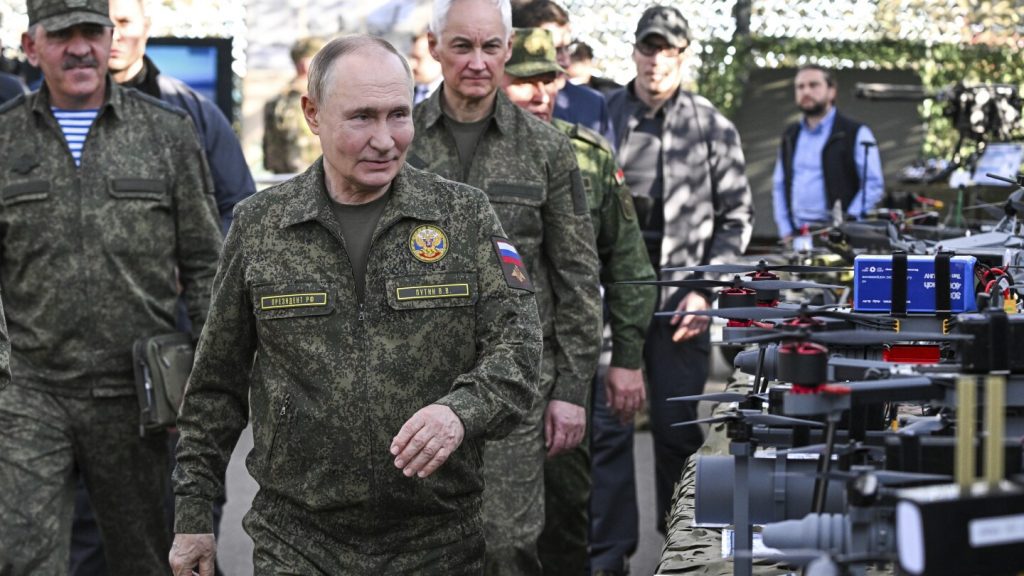Intrusions into NATO’s airspace attributed to Russia have surged this month, prompting concerns about whether the Kremlin is testing the alliance’s resolve and capability to react to a direct assault or attempting to distract it from the ongoing conflict in Ukraine.
For decades, Russia has been infringing on the airspace of its NATO neighbors, typically either denying the incidents or claiming they were accidental. However, since its 2022 invasion of Ukraine, these incursions pose a more substantial threat, highlighted by a recent drone swarm over Poland that compelled NATO to deploy jets to intercept them.
Last week, Estonia reported that Russian fighter jets entered its airspace for 12 minutes, an intrusion labeled “unprecedently brazen” by the Estonian foreign minister, a claim that Russia refuted. Additionally, Romania and Latvia reported incursions by lone Russian drones this month.
While Moscow is making gradual gains on the battlefield in Ukraine and has a strong position if peace negotiations arise, its recent airspace violations prompt questions about its motives in risking a direct military conflict with NATO.
Unique Nature of Recent Incursions
The scale of the incursions has been unprecedented, particularly with the September 10 incident in Poland involving about 20 Russian drones. This marked the first direct military interaction between NATO and Russia since the onset of Russia’s full-scale invasion of Ukraine.
Russia denied targeting Poland, with its ally Belarus alleging that drone signals were jammed by Ukraine. Nonetheless, European leaders interpreted the events as deliberate provocations, pointing to the recent violation of Estonian airspace as evidence of a broader strategy by Moscow.
Potential Motives Behind Russia’s Actions
Before its invasion of Ukraine in 2022, Russia demanded that NATO halt any intentions to admit Kyiv into the alliance and reduce troop placements near its borders, particularly in the Baltic states of Estonia, Latvia, and Lithuania. NATO rejected these demands.
Vladimir Putin has cautioned NATO against permitting Kyiv to use Western long-range weaponry to strike deep into Russia, warning of consequences for NATO countries supporting such assaults. Experts theorize that these recent airspace violations may serve as a means for Russia to gauge NATO’s responses and exploit any divisions.
NATO’s Reaction and the Role of the U.S.
Following the drone incident, Poland activated a NATO protocol allowing a full meeting if a member feels its territorial integrity is at risk, triggering enhanced air defenses along NATO’s eastern borders in response.
Prime Minister Donald Tusk announced a commitment to shoot down any objects entering Polish airspace, although clarity on unanimous support from NATO allies for such aggressive tactics remains uncertain. U.S. President Donald Trump initially suggested that the intruding drones could have been an error but later affirmed that NATO should act decisively against threats.



